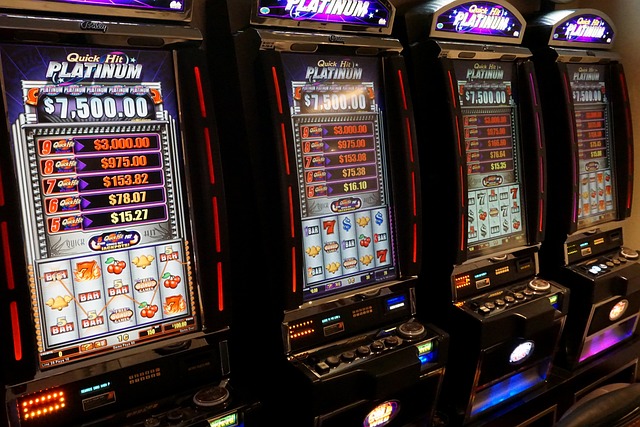Gamble ladders are a common feature in many modern slots, especially in UK and EU markets. After triggering a bonus or small win, players can gamble their prize for a chance at a better feature or payout—climbing a visual “ladder” of increasing rewards.
While this mechanic adds excitement and choice, it also introduces sharp risk trade-offs that many players don’t fully understand. For operators, gamble ladders can boost engagement—but also tilt and churn if not properly tuned.
This post unpacks the structure of feature gamble ladders, when it makes sense to climb, and when to cash out.
What Is a Gamble Ladder?
A gamble ladder is a tiered risk/reward system that appears after a triggering event—usually a small win or a bonus entry. Players can gamble that prize to try to reach a better one. Each step up the ladder offers a higher prize, but failure resets or voids the reward.
Common Formats
- Win Ladders: Players gamble a small win (e.g. 5x) for a chance at larger amounts
- Feature Ladders: Players can upgrade a basic bonus (e.g. 5 free spins) to a premium one (e.g. super spins or persistent symbols)
- Hybrid: Combines cash and feature elements, often with bonus buys
Ladders typically display probabilities as lights, segments, or color-coded odds, but many players overestimate their control.
Risk and Reward: What’s Really at Stake?
At each step, the player risks their current reward. The key trade-off is between certainty now vs potential upside later. The psychological pull of “just one more step” makes gamble ladders high-risk by design.
Sample Ladder Structure (Feature Upgrade)
| Step | Reward | Win Chance | Risk Level |
|---|---|---|---|
| 1 | 5 Free Spins | — | — |
| 2 | 7 Free Spins | ~65% | Low |
| 3 | 10 Free Spins | ~50% | Moderate |
| 4 | Super Spins (Sticky) | ~30% | High |
| 5 | Max Feature (Persistent) | ~15% | Very High |
Some ladders are capped or include safety levels, but most are not. The further you climb, the worse your odds.
When to Take the Ladder

Gamble ladders aren’t always a trap. But knowing when to take the risk is key—especially if you’re playing within a budget or session cap.
Good Situations to Gamble
- Your base reward is low-value (e.g. 5 free spins with no modifiers)
- You’re near a safety step that locks in progress
- You’re playing with bonus funds or low-risk balance
- The ladder odds are visible and fair (e.g. >60% to climb one step)
In these cases, the expected value (EV) of climbing may actually exceed the current prize.
Situations to Avoid It
- You’re already at a solid bonus (e.g. 10–12 high-volatility spins)
- The loss resets to zero with no safety net
- You’re in a cold streak or feeling tilted
- Your bankroll is limited and you can’t afford a reset
Use ladders to improve weak outcomes—not to push already good ones into risky territory.
Design and UX Considerations for Operators
Gamble ladders can boost excitement and playtime, but they must be carefully tuned to avoid creating frustration or perceived unfairness.
Best Practices
- Show win probabilities clearly at each step
- Allow players to opt out before the ladder starts
- Include breakpoints or partial wins to reduce full resets
- Log ladder performance for internal audits and fairness checks
Avoid pushing ladders as defaults—especially for high-stakes or new players.
Pitfalls to Watch For
- Hidden or misleading odds
- No escape button (forced gamble)
- Full resets from high-value points
- Repeated ladder offers after every win (fatigue risk)
Ladder misuse leads to higher tilt and premature session exits, even if the math is fair.
Player Guidelines: Quick Decision Rules

Here’s a quick checklist for players evaluating a feature ladder:
Take the Ladder If:
- You’re upgrading from a weak feature (e.g. low spins, low multipliers)
- You understand the odds and feel comfortable with the risk
- There’s a defined checkpoint or safety stop
Skip the Ladder If:
- The base reward is already strong or volatile
- You’re nearing a session limit or bankroll cap
- You’re unsure about the ladder mechanics or odds
Don’t chase the top step just because it’s there. The house designs the ladder, and the odds are rarely in your favor.
Final Takeaway: Smart Climbing Only
Feature gamble ladders add energy and decision-making to slots—but they’re also engineered risk. The upside is real, but so is the potential for complete loss. Players should use them tactically, not emotionally. Operators should present them transparently, not exploitatively.
Climb when the math makes sense. Pass when it doesn’t.
